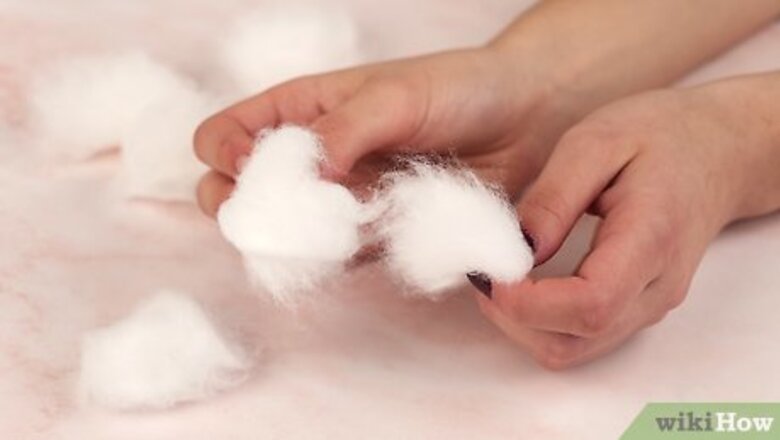
views
- Saturate a cotton ball with pure acetone and wrap it around your nail with a strip of aluminum foil to remove gel polish in around 15 minutes.
- Moisturize your cuticles with petroleum jelly before removing gel nail polish and after with cuticle oil to keep your skin hydrated.
- Acetone is a strong chemical and can irritate skin and damage furniture, so lay a towel over your work surface and always wash your hands after using it.
Tear 5 cotton balls in half.
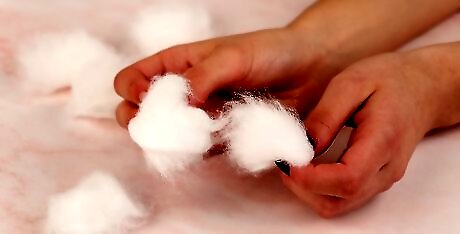
Before you pick up any tool, make sure your cotton is ready. Tearing a cotton ball in half will help it fit on your nails more easily. If you don’t have cotton balls, cut a cotton pad in half instead. Your cotton balls or pads will sit on top of your nail, so make sure they’re big enough to cover your nail.
Buff off the top layer of polish.
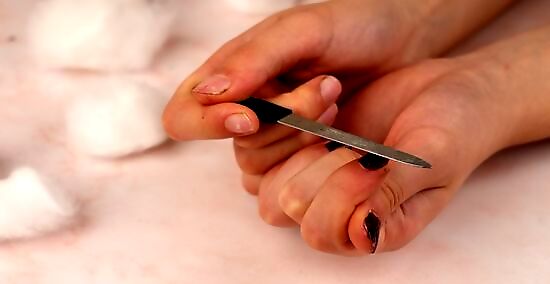
Buffing your nail helps speed up the removal process. Simply take a regular nail file or buffer and gently brush it back and forth across the surface of your nail. Don’t rub too hard; otherwise, you may damage your natural nail. Only break through the first layer of polish. This breaks the seal of the polish so that the acetone can soften and remove it easily.
Rub petroleum jelly on the skin around your nails.
Keep your cuticles moisturized with a layer petroleum jelly. Acetone can quickly dry out and damage skin. Petroleum jelly acts as a barrier between your skin and the chemical and protects it through the removal process. Dip a cotton swab in the jelly and swipe a thin layer along the edge of your nails. If you don’t have petroleum jelly on hand, use a lotion or balm with petroleum jelly in it instead. Acetone is a chemical that reacts with gel nail polish to loosen the adhesive and free it from your natural nail. This chemical can be found in your regular nail polish remover but is its strongest in its purest form.
Wrap your nails with cotton and aluminum foil.
Let the acetone sit on your nails for 15 minutes. Soak your pieces of cotton in pure acetone until they’re saturated. Then, place one of the soaked cotton balls on your nail and wrap it tightly with a small piece of foil. Try wrapping your nails in plastic wrap instead to create a tighter seal and less mess. Give nail caps a try for a reusable alternative to foil or plastic wrap.
Swipe away the polish while removing the foil and cotton.
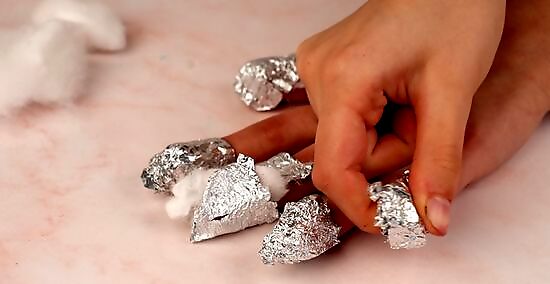
Take the foil and cotton off in one swoop to safely remove gel polish. Pinch the foil and cotton at the top of your nail and the base of your fingertip. Press firmly, twist, and pull the foil and cotton off your nail. The majority of the gel polish should come off with the cotton. If there’s still a lot of polish left over, no worries! Simply do another round of soaking after giving your nails a 10-minute break. Gently brush and scrape off any stubborn polish with a wooden cuticle stick, being careful not to scratch your natural nail. Avoid picking or peeling off the polish, as this damages your natural nail. Use a warm washcloth to wipe away any excess or clumpy polish.
Wash your hands once all the polish is removed.
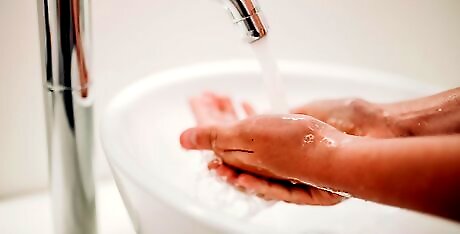
Acetone can harm your skin, so the quicker you get it off, the better. Head to the sink and wash your hands with soap and warm water so they’re nice, clean, and acetone-free.
Moisturize your hands and cuticles.
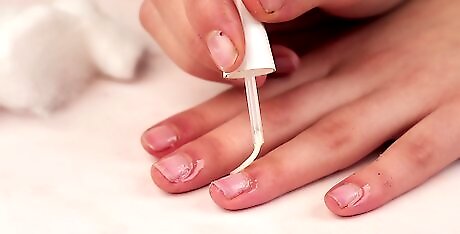
Finish your at-home gel polish remover by giving your skin a little TLC. Rub some lotion into your hands and swipe some cuticle oil on the base of each nail. This will help rehydrate your skin and keep your nails healthy. If you’d like to shape and file your nails, that’s perfectly fine—just make sure you’re gentle to avoid damaging your fragile nails. If your nails seem extremely brittle, put on a coat of strengthening nail polish to keep them from breaking.
















Comments
0 comment